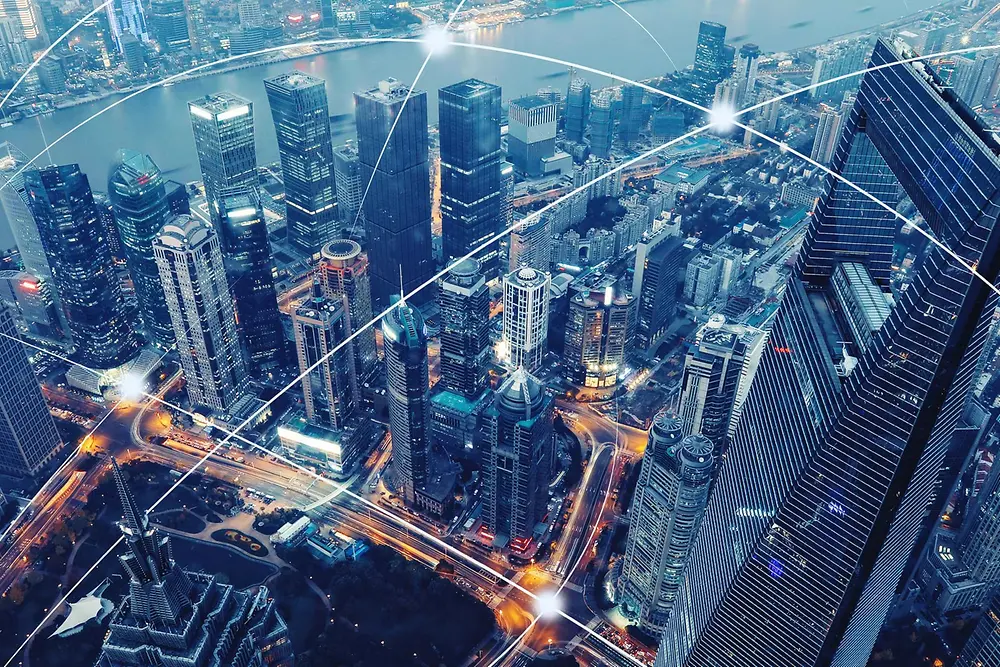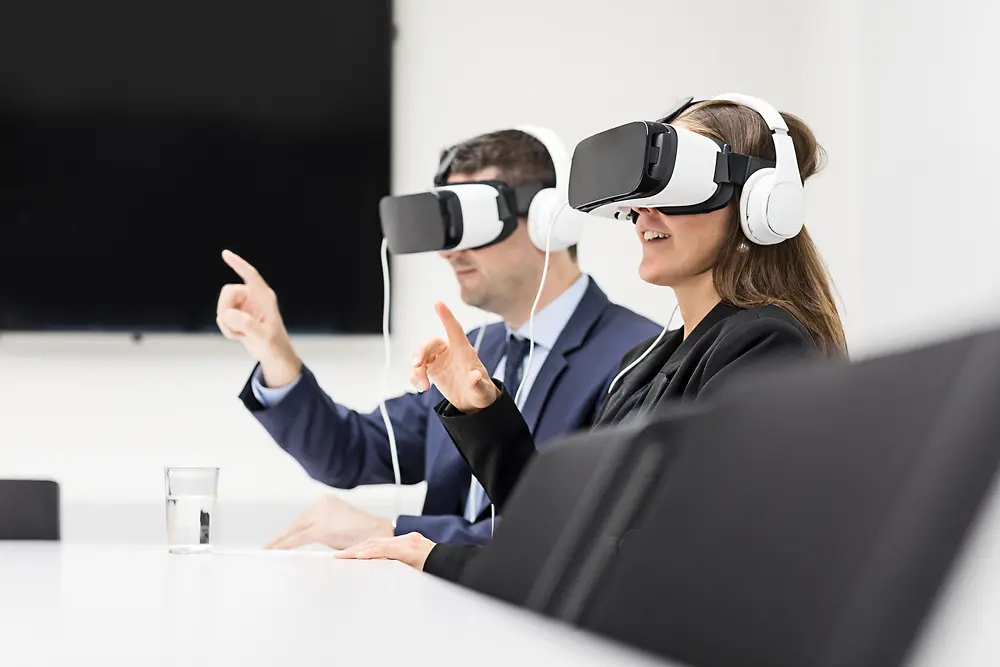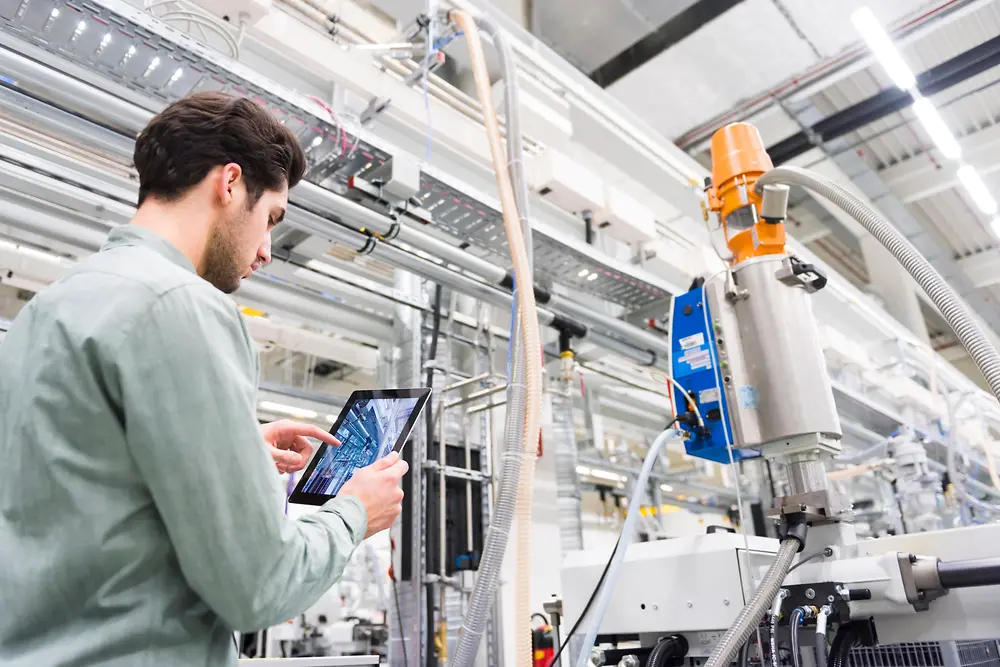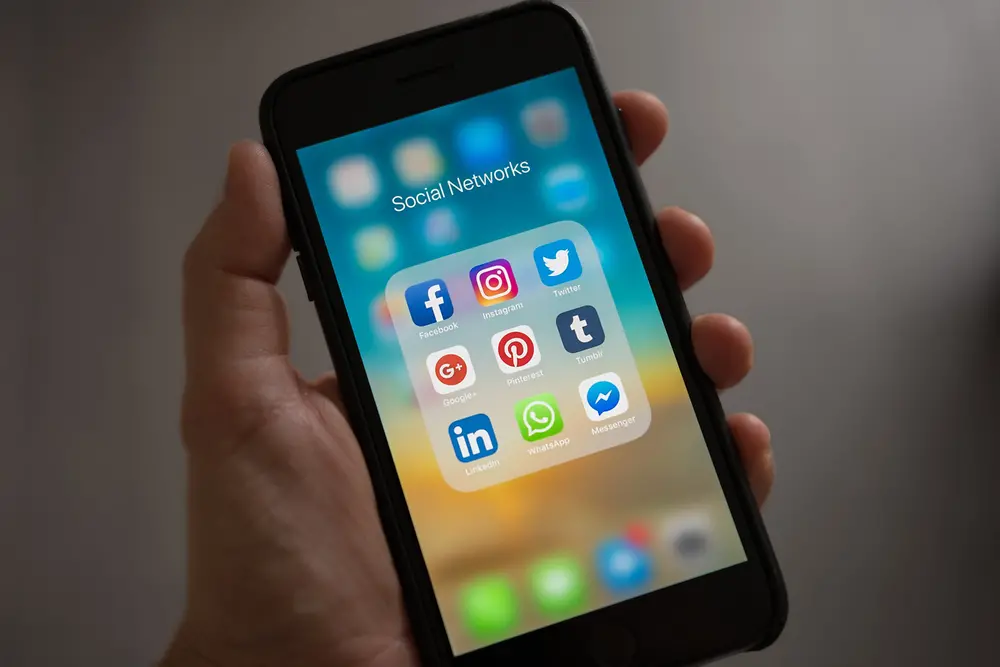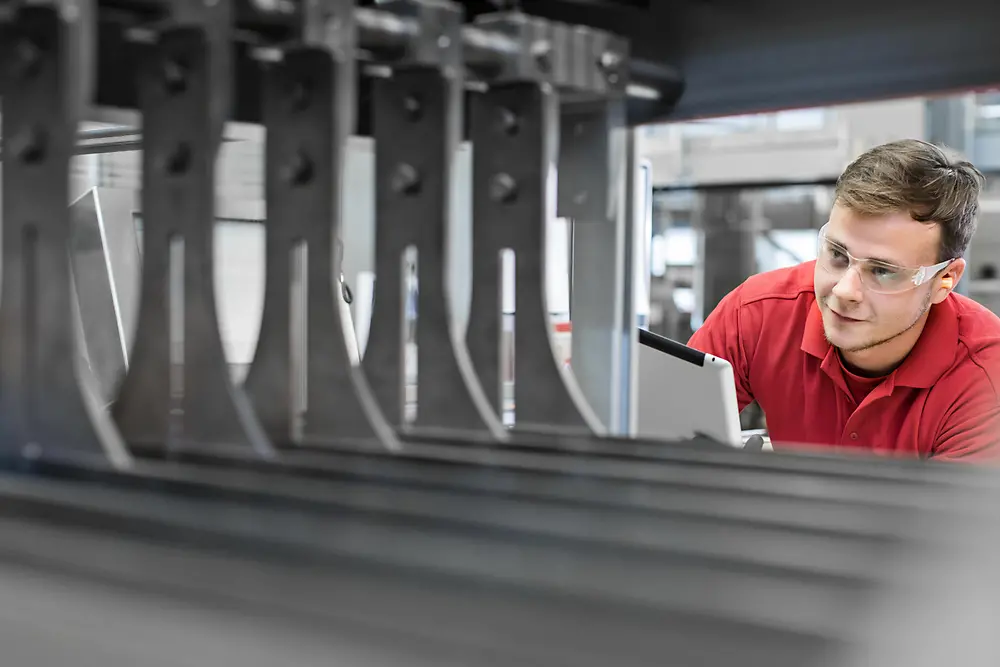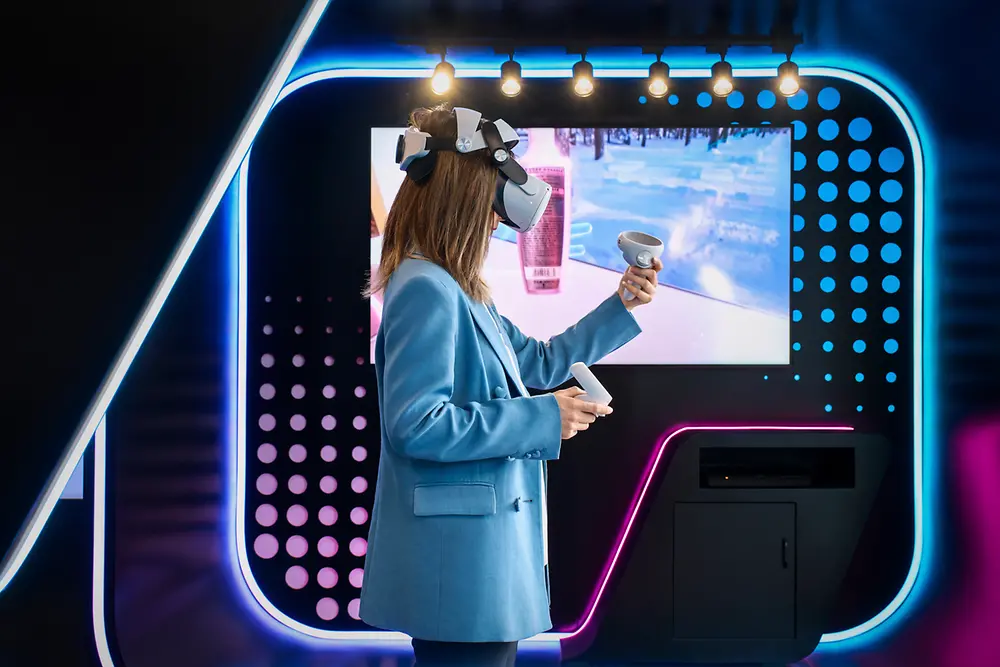Learn more about Henkel Brands & Businesses in UK & Irelands: Includes useful information about the brands, technologies and latest innovations in our business areas: Henkel Adhesive Technologies and Henkel Consumer Brands.
7 digital trends to follow in 2020
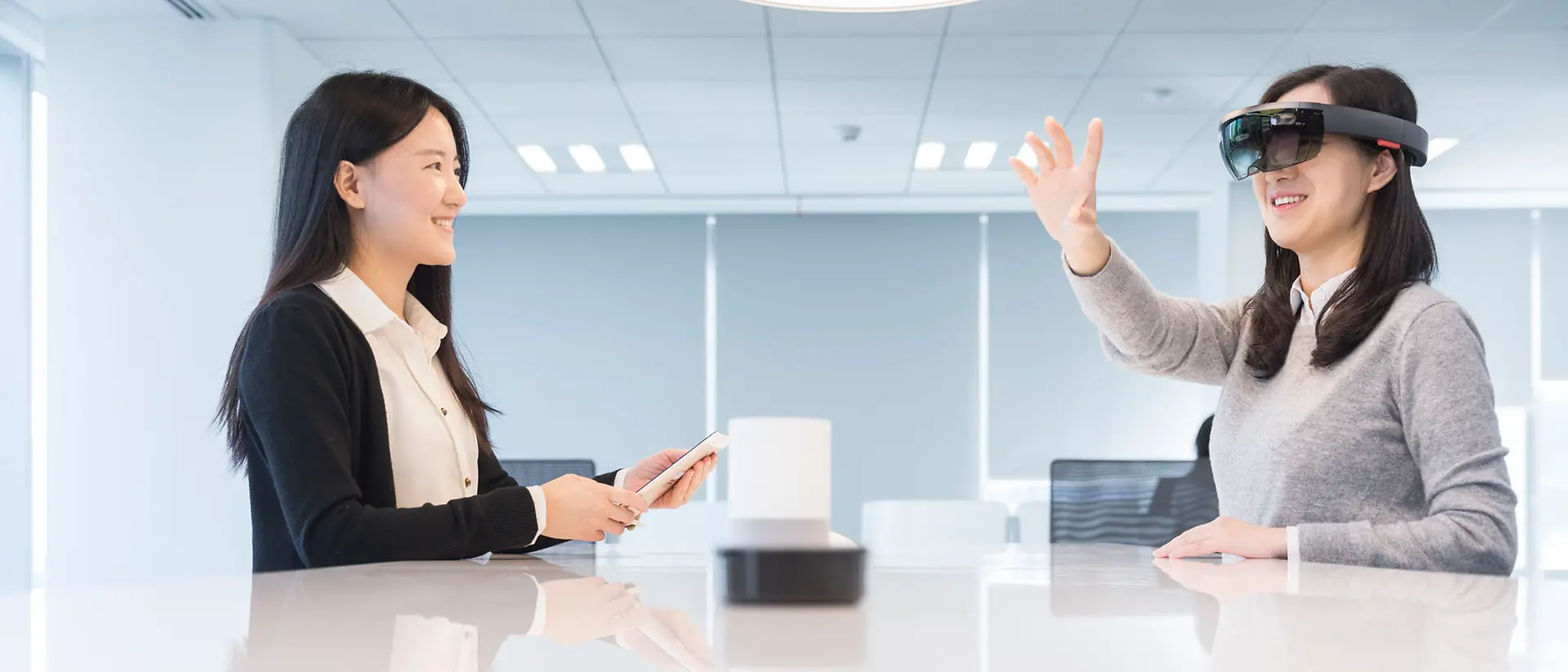
Every year, technology seems to be developing faster, allowing humans to achieve more with ease and efficiency. At this rate, it may be difficult to keep track of the biggest trends coming up in the digital world. Here’s a short guide to some of the biggest trends in technology in 2020.
1. 5G
It’s all the rage right now. Many of the world’s major phone service providers (think Verizon, Huawei and AT&T) are investing a lot of money to be the first company to crack the 5G code. 5G will not only improve the connection and speed with which people can communicate but will also improve the way different technologies can communicate with each other. Hello smart homes and smart cities!
2. Voice searching
One of the biggest developments predicted for 2020 is the use of searching by talking to a personal assistant like Google, Siri or Alexa. One study found that in 2020, almost half of all searches will be spoken and around 30 percent of searches will be completed without screens.
3. Multiexperience
Voice searching is only one of the touchpoints that will change how humans interact with technology. Over the coming years, technology will have more and more sensors and touchpoints that humans can use along with their own senses, creating an immersive experience that is able to simulate realistic scenarios and environments. One of the best examples of this is the virtual reality headsets video gamers sometimes wear.
4. Digital twins
A digital twin is a digital replication of a system or object. These representations are based on the number of sensors connected to the computer program. Based on the inputs from the sensors, the digital twin can predict or simulate how the system will be affected by the inputs. This leads to increased efficiency and optimized processes and making data-driven decisions.
5. Social commerce
Using social media to advertise a product or service is nothing new. However, on certain websites, it’s possible to purchase that shirt or that necklace just by clicking on the post. Instagram especially is gaining notoriety for its shoppable posts, which can increase the number of people who see the post and lessen the time and frustration that comes with online shopping. Another trend closely linked is Shopstreaming where a store or brand live streams an event from a store, allowing customers a personalized, fully immersive digital experience without needing to come to the store.
6. Artificial Intelligence
Artificial Intelligence (AI) and machine learning gain a lot of information from users and customers. But how can that translate into helpful decision-making? This is where augmented analytics come in. It automates gaining insights from AI and machine learning and helps set up the next steps businesses can take with only a little bit of supervision. You can also see AI already in autonomous robots, drones and appliances, like your automatic vacuum. As the technology improves and it becomes socially accepted, these tools will eventually be released in uncontrolled public spaces.
7. Personalization
“One size fits all” solutions went out of fashion a long time ago. Customers much prefer to buy products that are personalized and that emphasize their individuality, so mass customization (customer-specific mass production) has long been a trend of our time. Whether it’s chocolate buttons featuring your own face, customized sneakers, cereal that you create yourself, individually designed packaging or shampoo that is tailored to your hair’s needs, mass customization can be found in almost all industries. Customized products are not a new idea in themselves; before industrialization, individual products made to order for local requirements were the norm. Thanks to 3D printers and highly adaptable production systems, this level of personalization is now possible even for mass-produced products. This means that products are individualized, but still automated.




